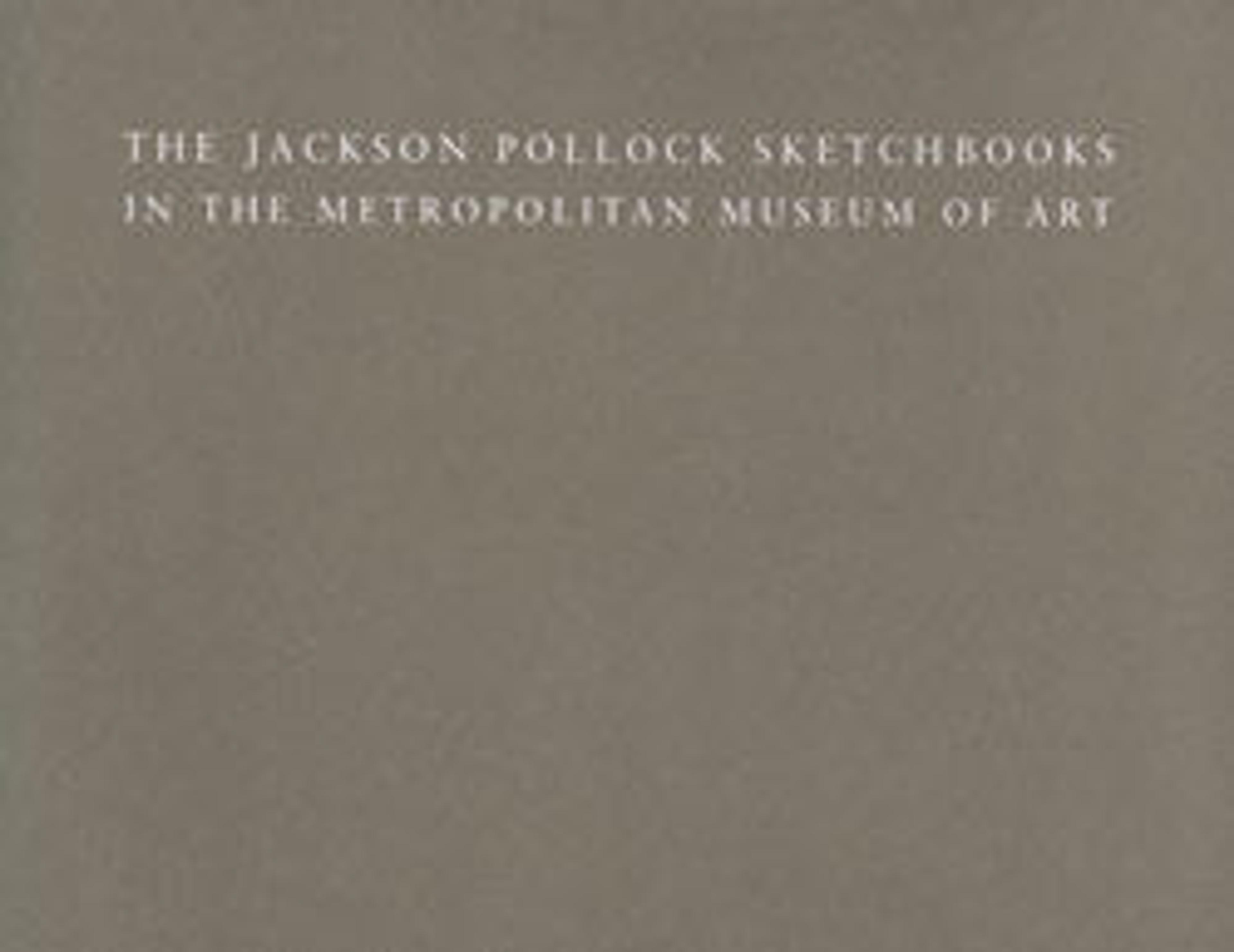Number 7
Number 7 is part of a small group of paintings in which Pollock reintroduced references to the body in his gestural style of abstract painting. With its irregular ovoid shape consisting of extended drips, flicks, and puddles of paint, the composition suggests an overlarge head at three-quarter view. The shape encroaches on the edges of the canvas, creating a feeling of trapped energy distinct from the expansive and unconstrained effect of Number 28, 1950 (MMA 2006.32.51). Pollock characteristically left signs of the creative process in Number 7: footprints in the upper right corner, evidence that he worked on the painting on the floor and from all directions, and yellow and dark red splatters possibly deposited while he worked on a neighboring canvas.
Artwork Details
- Title:Number 7
- Artist:Jackson Pollock (American, Cody, Wyoming 1912–1956 East Hampton, New York)
- Date:1952
- Medium:Enamel and oil on canvas
- Dimensions:53 1/4 x 40 in. (134.9 x 101.6 cm)
- Classification:Paintings
- Credit Line:Purchase, Emilio Azcarraga Gift, in honor of William S. Lieberman, 1987
- Object Number:1987.92
- Rights and Reproduction:© 2025 Artists Rights Society (ARS), New York
- Curatorial Department: Modern and Contemporary Art
More Artwork
Research Resources
The Met provides unparalleled resources for research and welcomes an international community of students and scholars. The Met's Open Access API is where creators and researchers can connect to the The Met collection. Open Access data and public domain images are available for unrestricted commercial and noncommercial use without permission or fee.
To request images under copyright and other restrictions, please use this Image Request form.
Feedback
We continue to research and examine historical and cultural context for objects in The Met collection. If you have comments or questions about this object record, please contact us using the form below. The Museum looks forward to receiving your comments.
